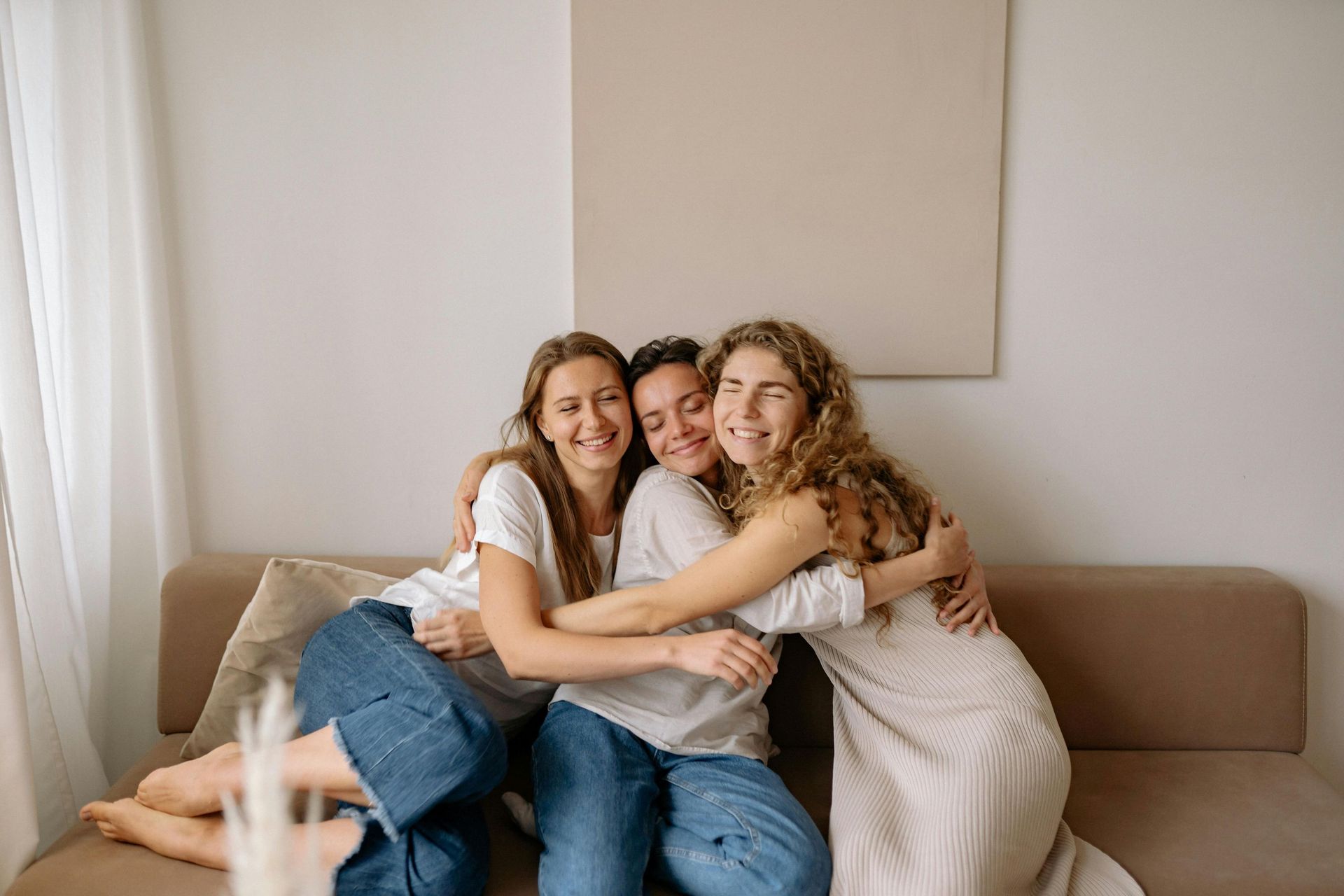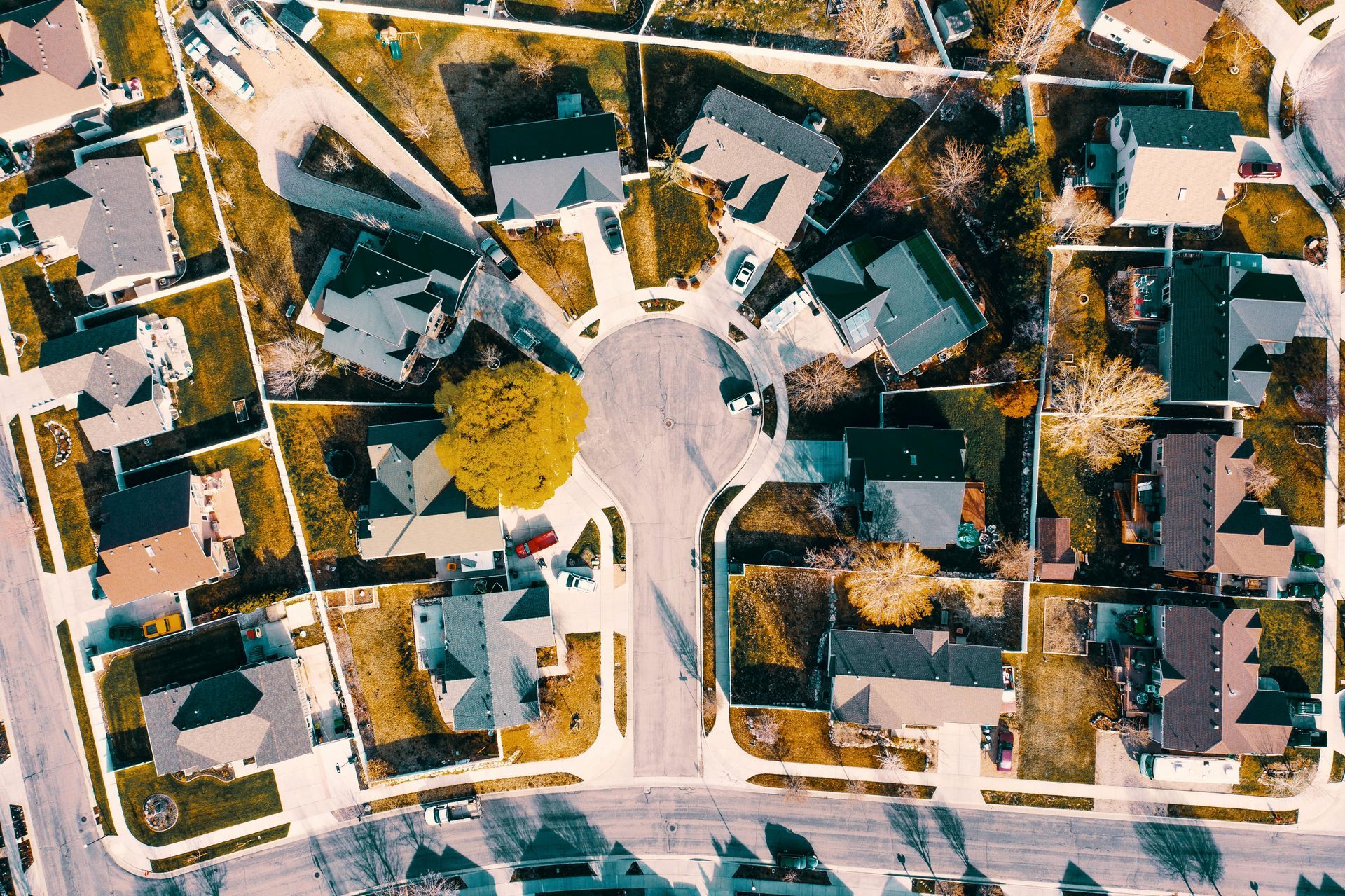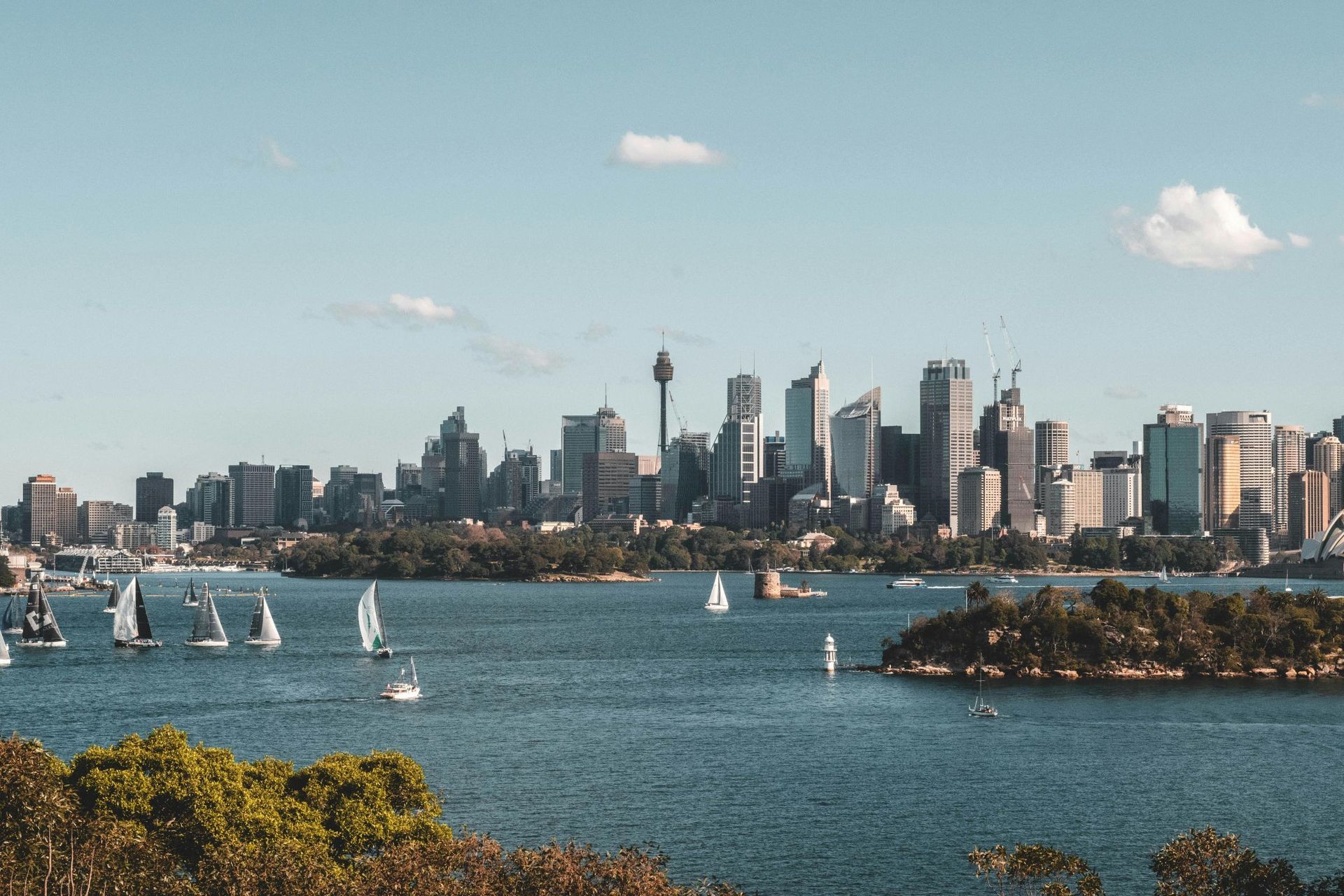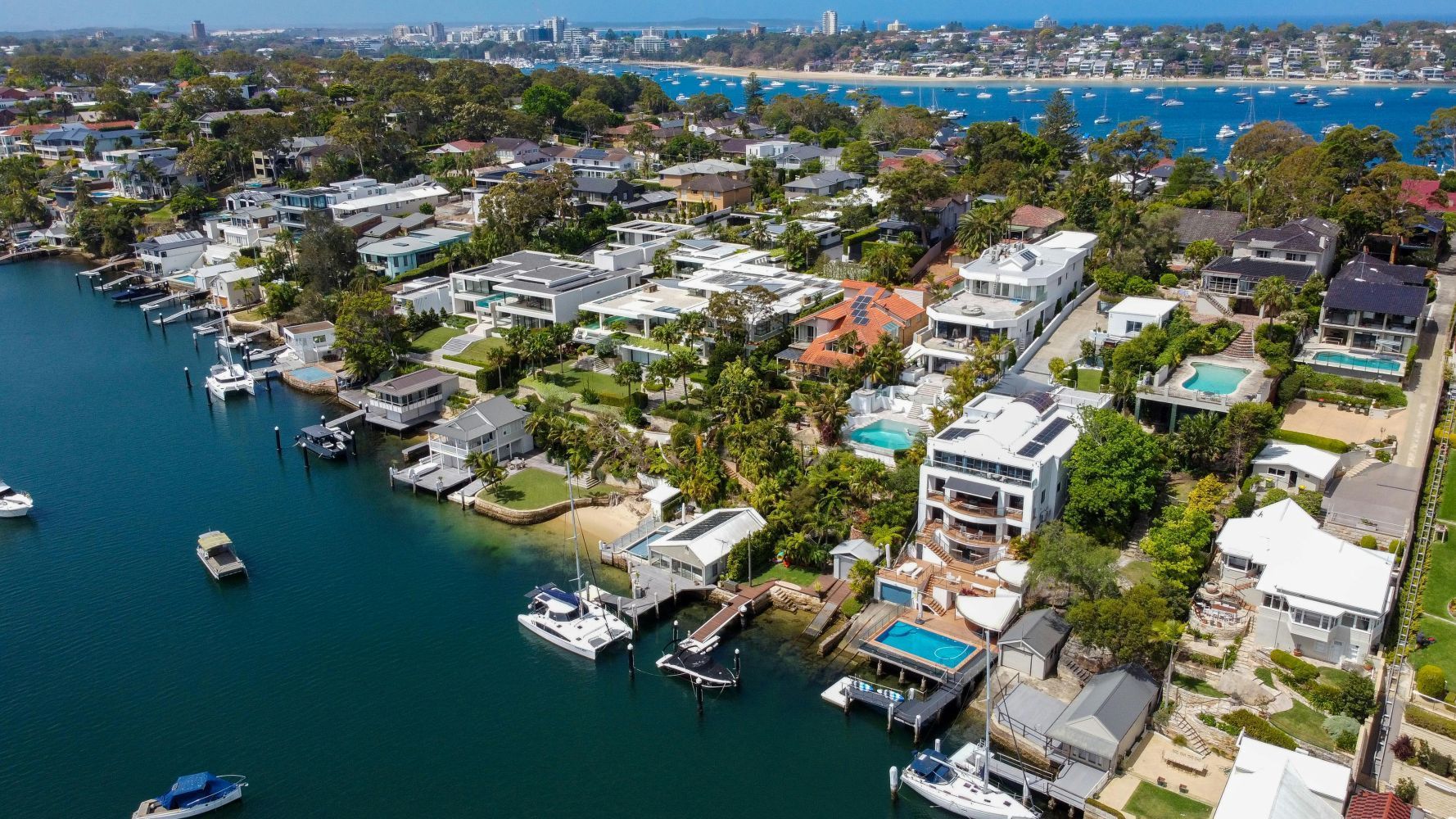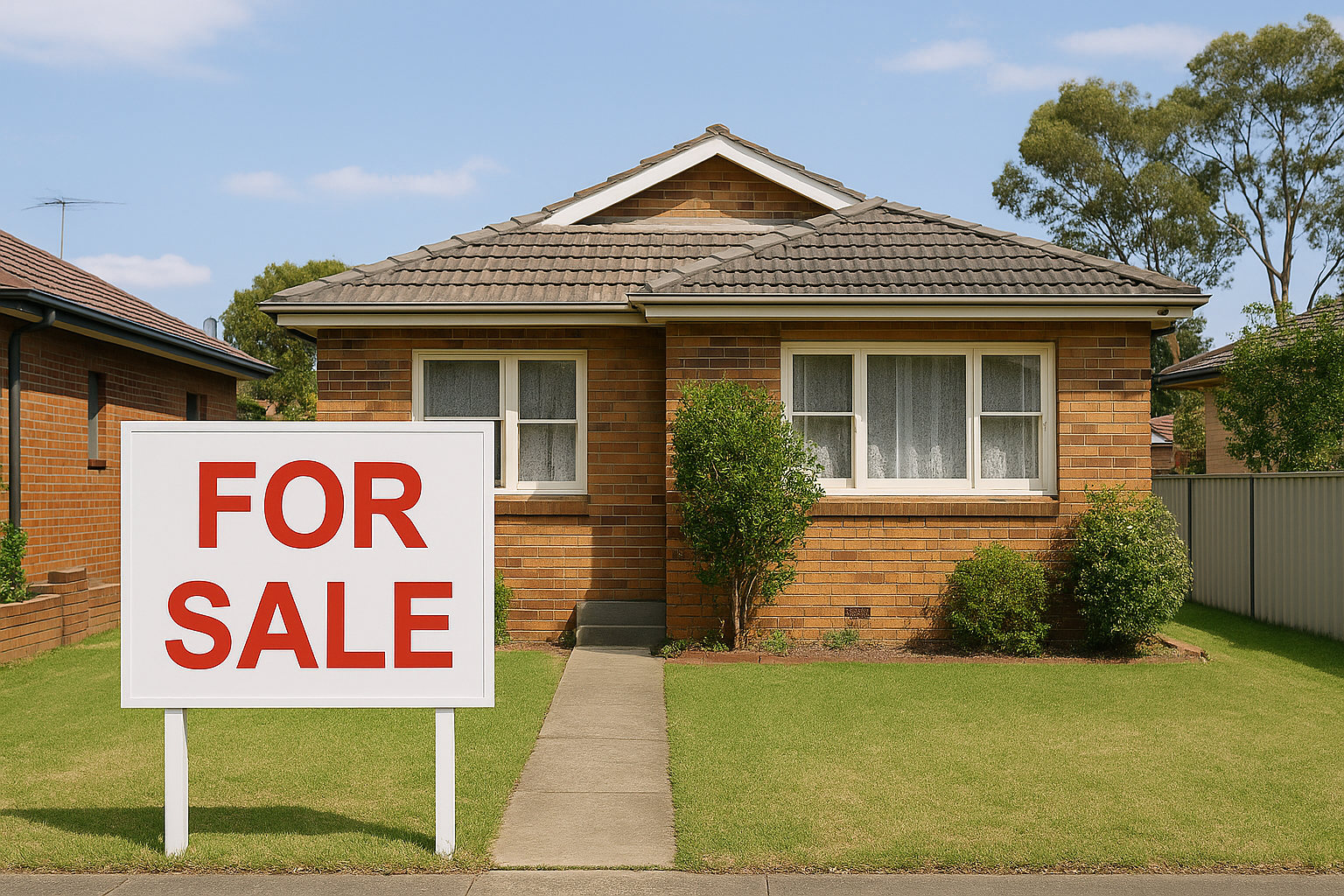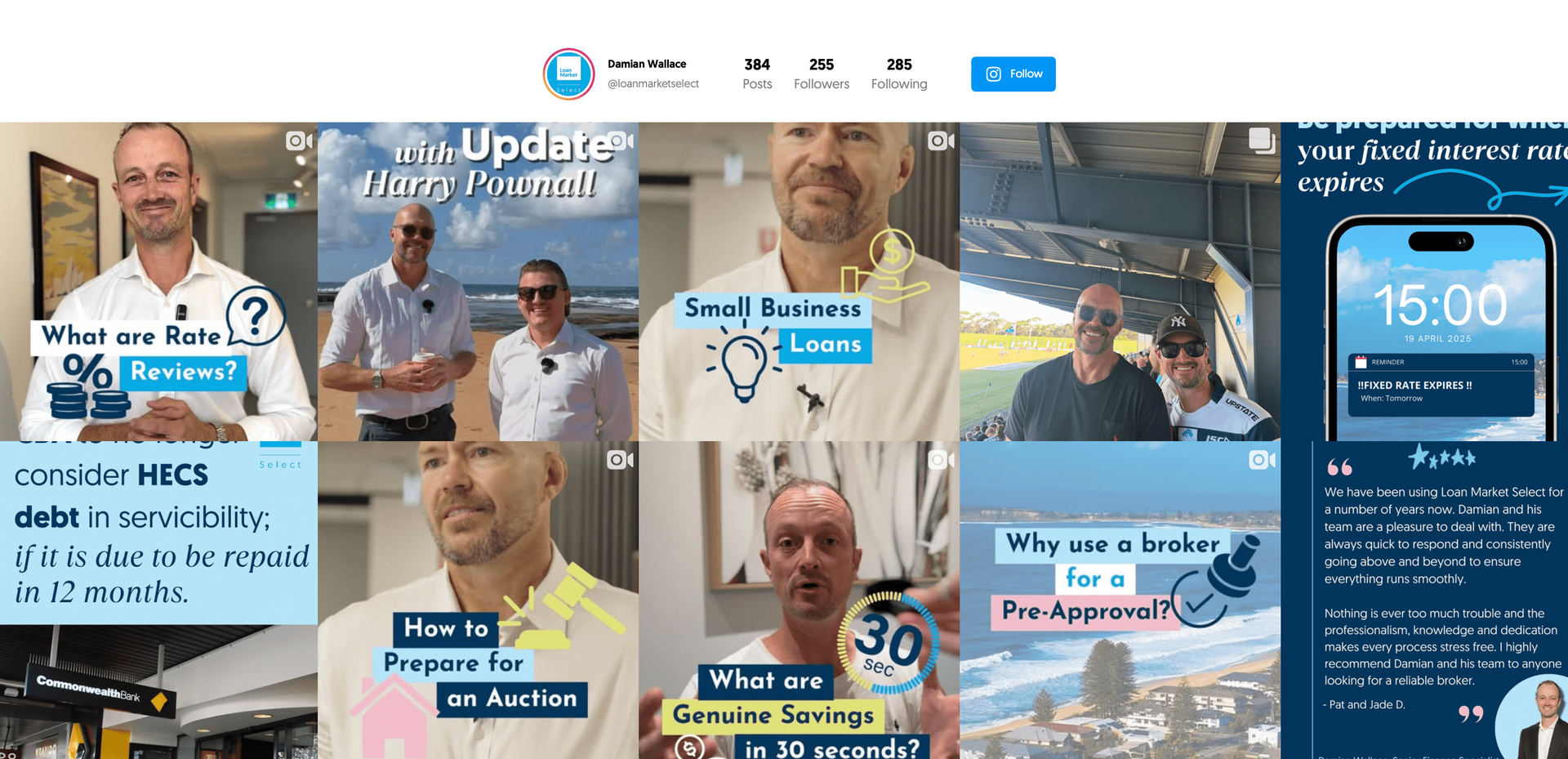27 Expert Sustainable House Design Tips for Eco-Friendly Living
This article is by Loan Market Select. If you need home loan help, please just get in touch here.
Building a sustainable house design isn't about following trends. It's all about having a home that gives importance to the environment by using energy and resources wisely, and supporting healthier living. If you're building from scratch or upgrading your existing home, every decision you make can impact your home's carbon footprint.
As mortgage brokers in Northern Beaches, we've seen a growing demand for homes that prioritise energy efficiency, better indoor air quality, and eco-friendly materials. Clients are now thinking long-term, when it comes to their finances and about future generations.
With sustainable home trends booming in Sydney and across Australia, there's never been a better time to take steps toward smarter, greener living. This article explores sustainable house design tips for Australian homeowners and home builders.
From solar panels and passive design to recycled materials and smart technology, we'll cover 27 practical and achievable ways to make your home more energy efficient and sustainable. Let's dive in.
Make your Dee Why lifestyle even better with a sustainable home.
Our mortgage brokers deliver expert sustainable house design tips, plus better rates for your eco-friendly build. Call
0403 316 686 or head to
mortgagebrokersnorthernbeaches.com.au.
Tip #1: Prioritise Passive Design Principles
Passive design is the cornerstone of any sustainable house. Considering sun angles, shading, ventilation, and orientation means using natural sources of heating and cooling to regulate your home's temperature.
This means lower power bills, less reliance on air conditioning, and better thermal comfort.
Tip #2: Choose Sustainable Building Materials
Choosing the right building materials makes a significant difference in the sustainability of your home. Go for low embodied energy options like reclaimed wood, rammed earth, or even recycled architectural materials.
Give preference to sustainable materials that are locally sourced and have minimal impact during production and transport.
Tip #3: Install a Rainwater Harvesting System
Water harvesting systems help reduce your dependence on municipal water supplies, which can lower utility bills and conserve natural resources. These systems collect rainwater from rooftops and store it for later use in toilets, gardens, and laundry.
Installing a rainwater tank or integrating a full grey-water system allows for smart recycling of household water. These methods improve water efficiency, plus they increase your home's resilience to droughts and climate variability.
Tip #4: Incorporate Solar Power Systems
Solar panels are crucial for any eco-conscious home with a goal to reduce carbon emissions. Combine this with battery storage, and you will be able to store excess energy generated during the day and use it at night or during peak times.
This helps reduce your dependence on the grid and minimises your electricity bills. Over time, the savings can be significant, making it a great environmental and value for money investment.
Tip #5: Use Energy-Efficient Lighting
Shifting to energy-efficient lighting alternatives such as LED lights or compact fluorescent lamps (CFLs). These options significantly reduce electricity usage compared to traditional incandescent bulbs and also have a much longer lifespan.
By making this switch, you'll see a noticeable drop in your energy bills and reduce your household's carbon footprint. To amplify the impact, consider replacing outdated appliances with Energy Star-rated models, designed to consume less energy without sacrificing performance.
Tip #6: Upgrade to High-Performance Windows and Doors
Install double-glazed windows and ensure proper air sealing to enhance insulation. High-performance windows reduce heat loss in winter and keep your home cooler in summer.
The placement and quality of windows and doors can greatly influence your home's energy performance.
Tip #7: Incorporate Water Recycling Systems
Grey-water systems and water recycling systems are excellent ways to conserve water in a sustainable home. These systems collect and treat water from sources like sinks, showers, and laundry, making it suitable for reuse in garden irrigation or flushing toilets.
This cuts down on the demand for fresh water and reduces the strain on municipal wastewater systems. Implementing grey-water recycling can lead to significant water savings, making it a wise long-term investment for eco-conscious homeowners.
Dine out in Dee Why and come home to a greener space.
Our mortgage brokers help you finance with sustainable house design tips and fast, stress-free approvals. Speak to us on 0403 316 686 or visit mortgagebrokersnorthernbeaches.com.au.
Tip #8: Design a Climate-Resilient Garden
A climate-resilient garden supports local biodiversity, mitigates heat, and reduces reliance on irrigation. Choose native plants that naturally thrive in your region, which require less maintenance and water.
Incorporate drought-tolerant species and group plants with similar water needs together to maximise efficiency. Additionally, think vertically by adding green walls or rooftop gardens, and use shaded areas or mulch to retain soil moisture and reduce evaporation.
Tip #9: Build With Indoor Gardens and Green Walls
Indoor gardens enhance indoor air quality by filtering pollutants and releasing fresh oxygen. They also create a peaceful, nature-connected atmosphere.
Green walls, also known as vertical gardens, serve as living art pieces while reducing the need for artificial cooling by naturally insulating your home. Incorporating plant life indoors is a sustainable choice that blends beauty with functionality.
Tip #10: Plan for Natural Heating and Cooling
Position your house strategically to maximise solar gain during winter and harness natural ventilation in summer. This approach aligns with passive house design principles, which aim to reduce reliance on mechanical heating and cooling.
By orienting living areas to the north and allowing cross-ventilation through window placement, you improve energy efficiency and indoor comfort. Thoughtful orientation reduces your energy bills and contributes to a healthier, more sustainable home environment.
Tip #11: Add Smart Technology for Better Energy Use
Smart technology, such as automated thermostats, real-time energy monitoring, and smart lighting systems, can significantly cut down your household energy usage. These tools learn your preferences and daily routines, adjusting settings to maximise comfort and minimise waste.
By integrating with your smartphone or home hub, they offer convenience and control no matter where you are. Embracing these technologies not only lowers your power bills but also makes your home more sustainable and future-ready.
Tip #12: Furnish With Second-Hand Furniture
Using second-hand furniture or upcycled items is a smart and sustainable way to furnish your home. It helps reduce the demand for new resources, which lowers the environmental impact associated with production and transport.
Choosing pre-loved pieces means you also divert usable goods from ending up in landfill, extending their life and value. Plus, vintage or upcycled items often bring unique character and charm to your space, creating a home that feels both personal and planet-friendly.
Tip #13: Use Low-VOC Paint and Non-Toxic Materials
Indoor air quality matters more than most people realise. One of the most effective ways to improve it is by using low-VOC (volatile organic compounds) paint and non-toxic building or furnishing materials.
These options help limit the release of harmful airborne chemicals, creating a safer breathing environment. This is especially important for families with young children, elderly members, or anyone with respiratory conditions, where air purity can directly affect health and well-being.
Tip #14: Ensure Proper Air Sealing
Air leaks can increase your energy bills by letting warm or cool air escape from your home. Help maintain a consistent indoor temperature and boost overall comfort by sealing gaps around windows, doors, and vents.
This simple upgrade not only improves energy efficiency but also lessens the strain on your heating and cooling systems. For the best results, pair air sealing with quality insulation to create a more airtight, energy-smart home.
Love Dee Why’s dining scene and want a greener home nearby?
Our mortgage brokers specialise in sustainable house design tips with loans tailored for energy-efficient builds. Contact us at 0403 316 686 or mortgagebrokersnorthernbeaches.com.au.
Tip #15: Choose Sustainable Interior Design Features
Sustainable interior design is all about making thoughtful choices with long-term environmental benefits. This includes using recycled, reclaimed, or responsibly sourced materials in every part of your home.
From eco-friendly furniture to bamboo flooring, low-VOC wall paints, and natural fibre rugs, every element can help reduce your carbon footprint. A well-designed, sustainable interior also improves indoor air quality, energy efficiency, and overall well-being, making it a smart choice for families looking to live cleaner and greener.
Tip #16: Select a Location With Sustainability in Mind
Location and site design play a crucial role in sustainable living. Avoid building in flood-prone zones or areas that are vulnerable to the long-term impacts of climate change, such as rising sea levels or bushfire risks.
Choose a site with good orientation to maximise passive heating and cooling, which can significantly reduce energy consumption. Also, ensure the location has easy access to public transport, green spaces, schools, and community infrastructure to support a walkable and connected lifestyle.
Tip #17: Educate Yourself on Climate Literacy
Understanding climate change and how it affects our homes is important for making better long-term decisions. It's about future-proofing your home against rising temperatures, water scarcity, and energy costs.
Reliable resources like the Australian Government's Your Home guide or ACT Government's urban sustainability reports offer practical insights into sustainable construction and design. These tools can help you make wise choices that are beneficial to both the environment and your household budget.
Tip #18: Consider the Full Building Lifecycle
A sustainable house involves having a long-term vision. You need to think about how your home will perform over the years in terms of energy efficiency, durability, and operational costs.
Learn how systems like heating, cooling, and water use will impact both your budget and the environment over time. Considering the longevity of materials and future maintenance needs will help you design a house that remains cost-effective and sustainable for years to come.
Tip #19: Visit a Display Village
Visiting a display village is a great way to experience sustainable home designs firsthand. These communities often showcase homes equipped with solar panels, energy-efficient appliances, and clever water-saving solutions.
You'll also find examples of passive solar design and innovative materials that reduce environmental impact. Take note of what works and what doesn't, and speak with builders to learn how these ideas can be part of your future home.
Tip #20: Learn From Real-World Projects
Study real-world sustainable housing examples. Projects like the ImPossible House in Melbourne or the SLA Innovation Precinct show how innovative thinking meets practical outcomes.
These homes implement strategies like net-zero energy systems, recycled materials, and efficient water use. Check out case studies that can help you learn from both the successes and challenges of others.
Tip #21: Use Permeable Pavers in Landscaping
Permeable pavers allow rainwater to filter through surfaces rather than running off into storm drains. This helps prevent flooding and lessens the strain on your local water infrastructure.
These pavers also support healthier garden ecosystems by keeping the ground moist and reducing erosion. What's more is that they often last longer and require less maintenance compared to traditional paving options.
Enjoy the best restaurants in Dee Why. Live nearby in a sustainable home!
Let MB Northern Beaches mortgage brokers secure you better rates and share expert sustainable house design tips. Call 0403 316 686 or visit mortgagebrokersnorthernbeaches.com.au.
Tip #22: Improve Water Use Efficiency
Small changes in your water use habits and fixtures can lead to big savings. Start by installing low-flow showerheads, aerated taps, and dual-flush toilets.
These fixtures reduce water consumption without compromising performance. Efficient water use isn't just about saving money; it's about preserving a valuable resource for future generations.
Tip #23: Design for Off-Grid Living Where Possible
Off-grid design means independence. By having solar power, battery storage, composting toilets, and rainwater tanks, your home can operate with minimal reliance on public utilities.
This is very beneficial for rural or regional homes. Off-grid features also offer long-term savings and greater control over your home's environmental impact.
Tip #24: Embrace Sustainability in AEC (Architecture, Engineering & Construction)
The AEC industry is bringing change through sustainable design and construction practices. Architects and engineers are increasingly using lifecycle analysis, BIM technology, and eco-friendly materials.
Builders are also prioritising low-waste and modular construction techniques. If you're planning a renovation or a new build, look for professionals who incorporate sustainability into every phase of their work.
Tip #25: Explore Tools From Industry Leaders
Modern planning tools can simplify the design process and help you build smarter. For instance, HP DesignJet plotters allow accurate visualisation of architectural plans.
Universities like UQ offer resources and research on sustainable urban planning and residential architecture. Using these tools means less mistakes, clearer communication, and better long-term outcomes.
Tip #26: Review Your Floor Plan for Thermal Comfort
Having a good floor plan influences how comfortable and efficient your home is. Place living areas on the north side to capture natural sunlight and reduce heating needs.
Avoid west-facing bedrooms where afternoon heat can be intense. Ensure there's good cross-ventilation to keep air flowing and minimise reliance on air conditioning.
Tip #27: Factor in Regulatory Conditions and Trends
Regulations around energy efficiency and sustainability are evolving fast. It's important to stay updated on national and local building codes to ensure compliance and future-proof your home.
Look at standards set by the Suburban Land Agency and Fontan Architecture, or consult with local councils. Staying informed means smoother approvals and a design that holds its value.
Ready to build your eco-friendly dream home near Dee Why’s top restaurants?
Talk to our mortgage brokers for sustainable house design tips, better rates, and faster loan approvals.
Call 0403 316 686 or visit mortgagebrokersnorthernbeaches.com.au.
FAQs About Sustainable House Design
What are the 7 principles of sustainable construction?
The 7 principles include: energy efficiency, water efficiency, sustainable site design, use of sustainable materials, indoor environmental quality, operational and maintenance optimisation, and waste reduction.
Which house style is the most environmentally friendly?
Passive House Design is widely regarded as one of the most environmentally friendly, thanks to its low energy use, airtight construction, and reliance on passive design principles.
What are the 4 features of sustainable design?
The core features are energy efficiency, water conservation, the use of sustainable or recycled materials, and indoor air quality.
How can you build a sustainable house?
You can build a sustainable house by prioritising energy-efficient appliances, passive design, solar panels, water-saving fixtures, recycled materials, and smart technology.
Conclusion
Sustainable house design isn't about sacrificing comfort or aesthetics. It's about having a smarter, healthier, and more cost-efficient homes. Deciding to use solar panels, water harvesting systems, recycled materials and innovative tech brings you closer to a sustainable future.
MB Northern Beaches helps Sydney homeowners find finance solutions that support eco-conscious builds. If you're building a new sustainable home or renovating an existing one, we're here to connect you to the right lenders and products.
We're based in North Sydney, covering Northern Beaches and the wider Sydney region. Call us on 0403 316 686 or visit www.mortgagebrokersnorthernbeaches.com.au for expert help with your eco-friendly home journey.
.
Chat to our team about your home loan needs.
Our services are 100% free, so please don't hesitate to get in touch.
Contact Us
Phone:
📞 0403 316 686
Email:
damian.wallace@loanmarket.com.au
Office Address: 1303/213 Miller St,
North Sydney, NSW, 2060




